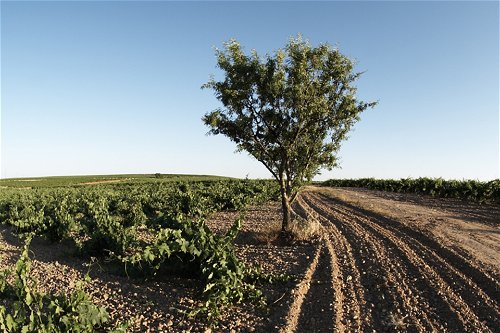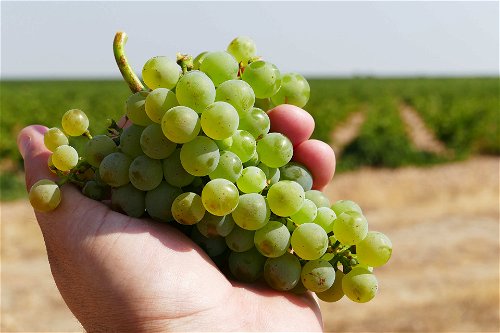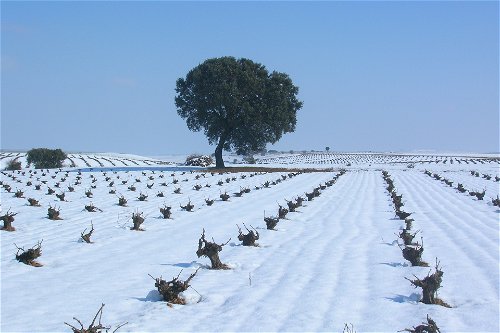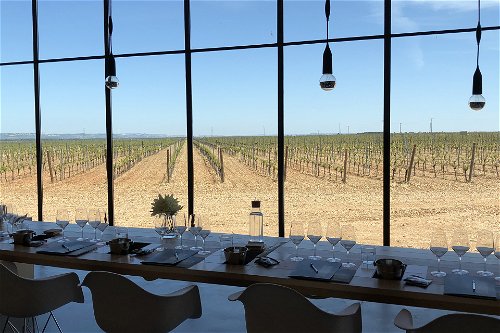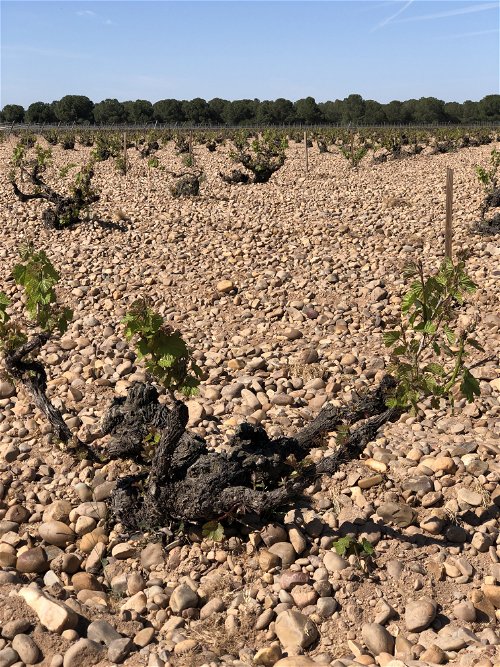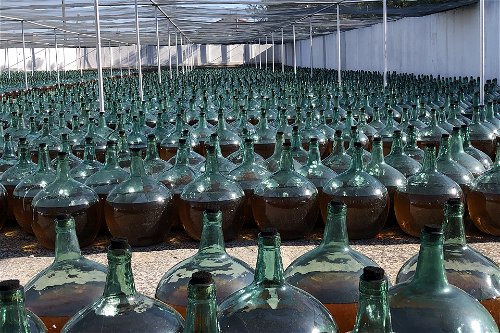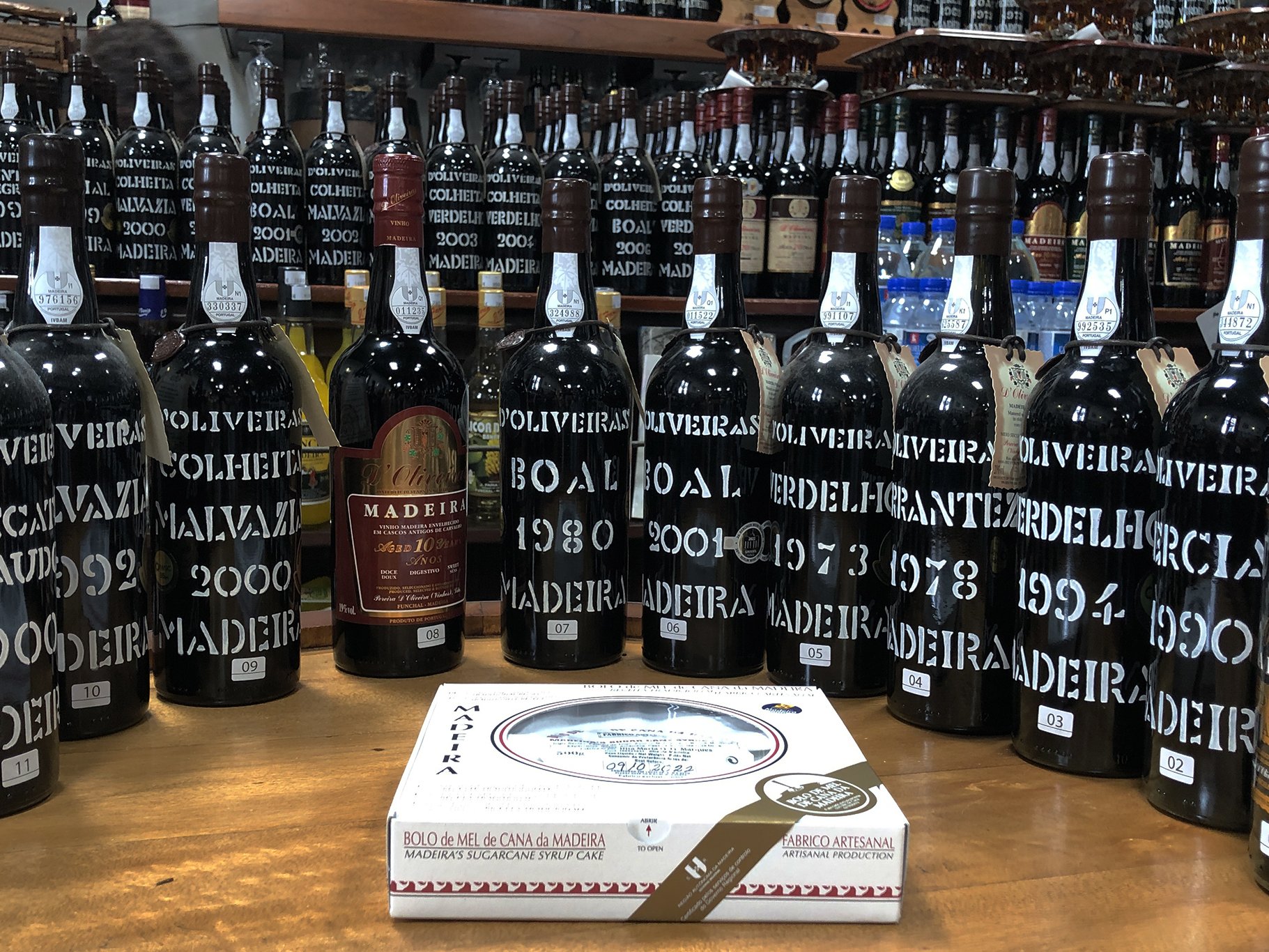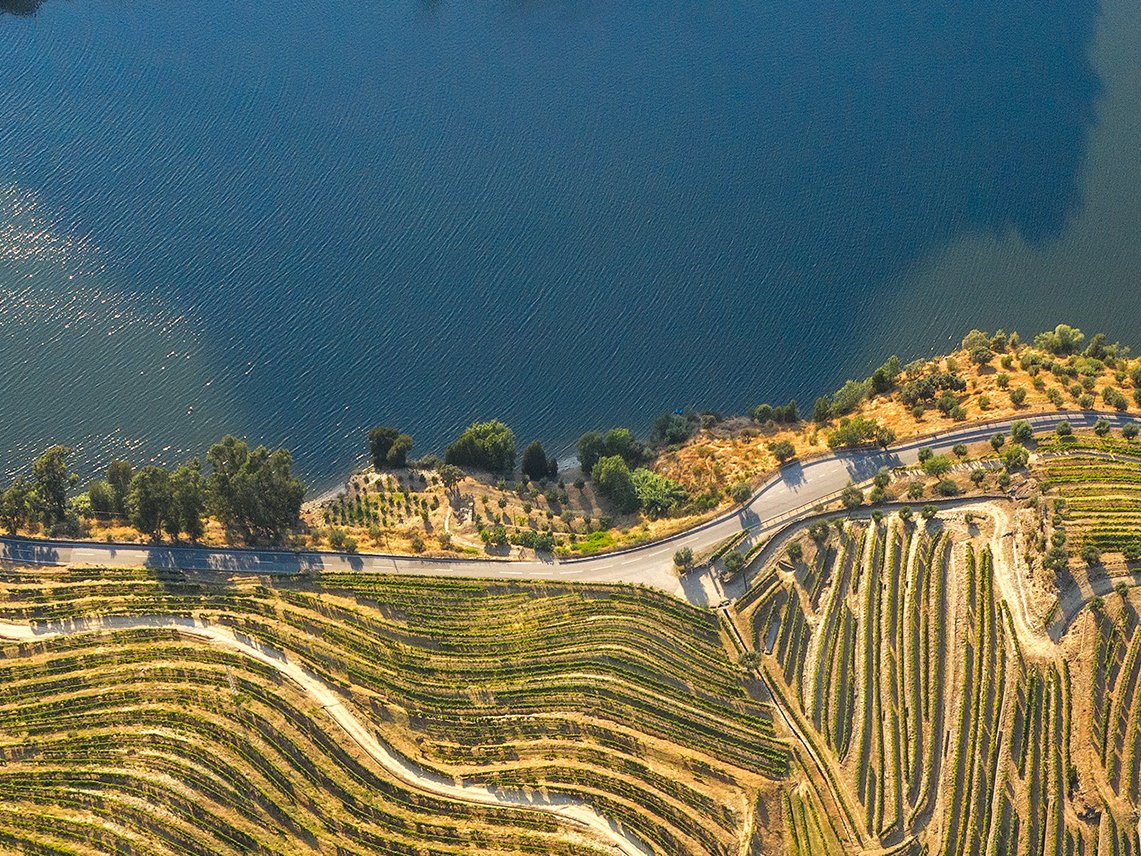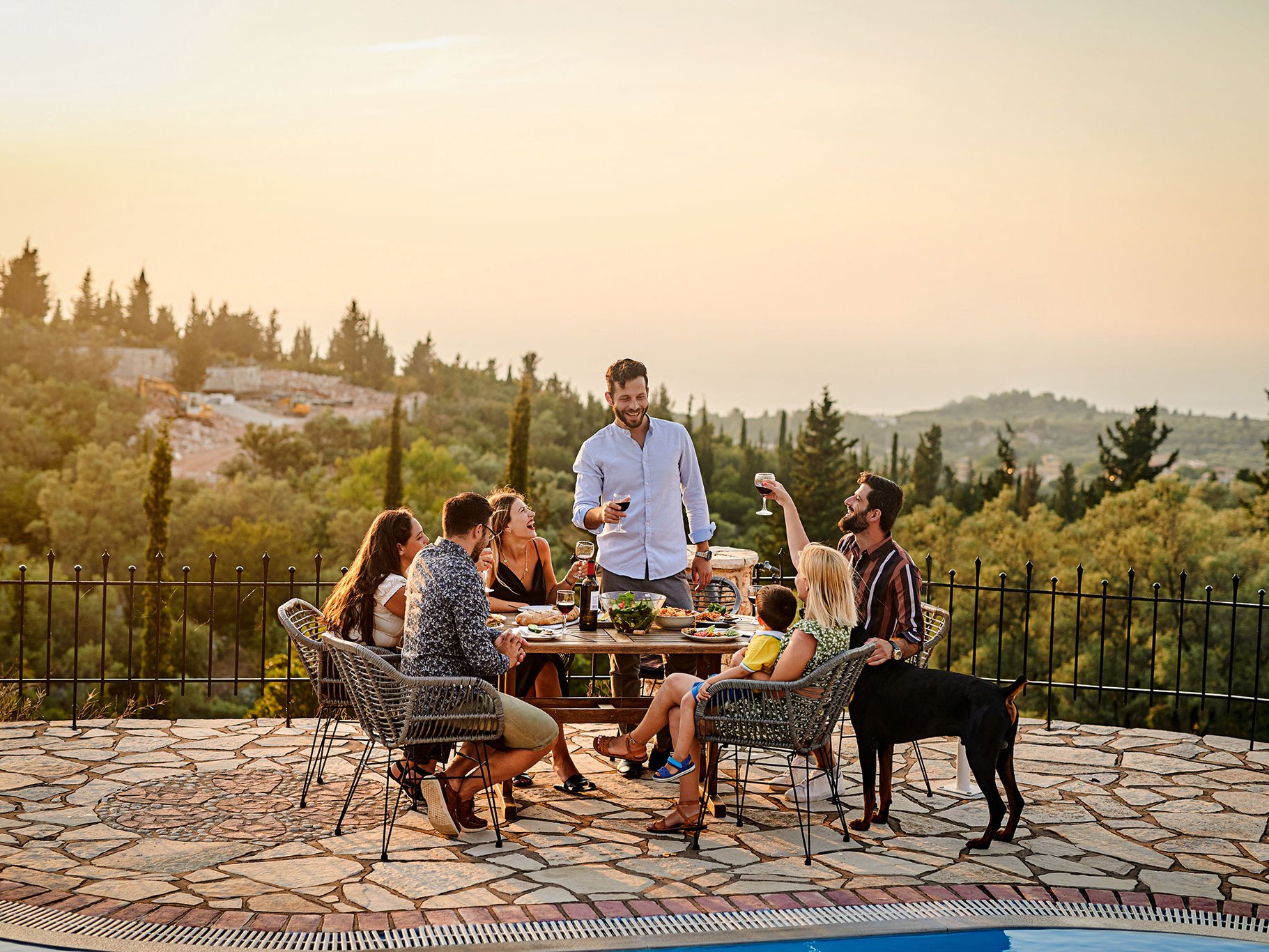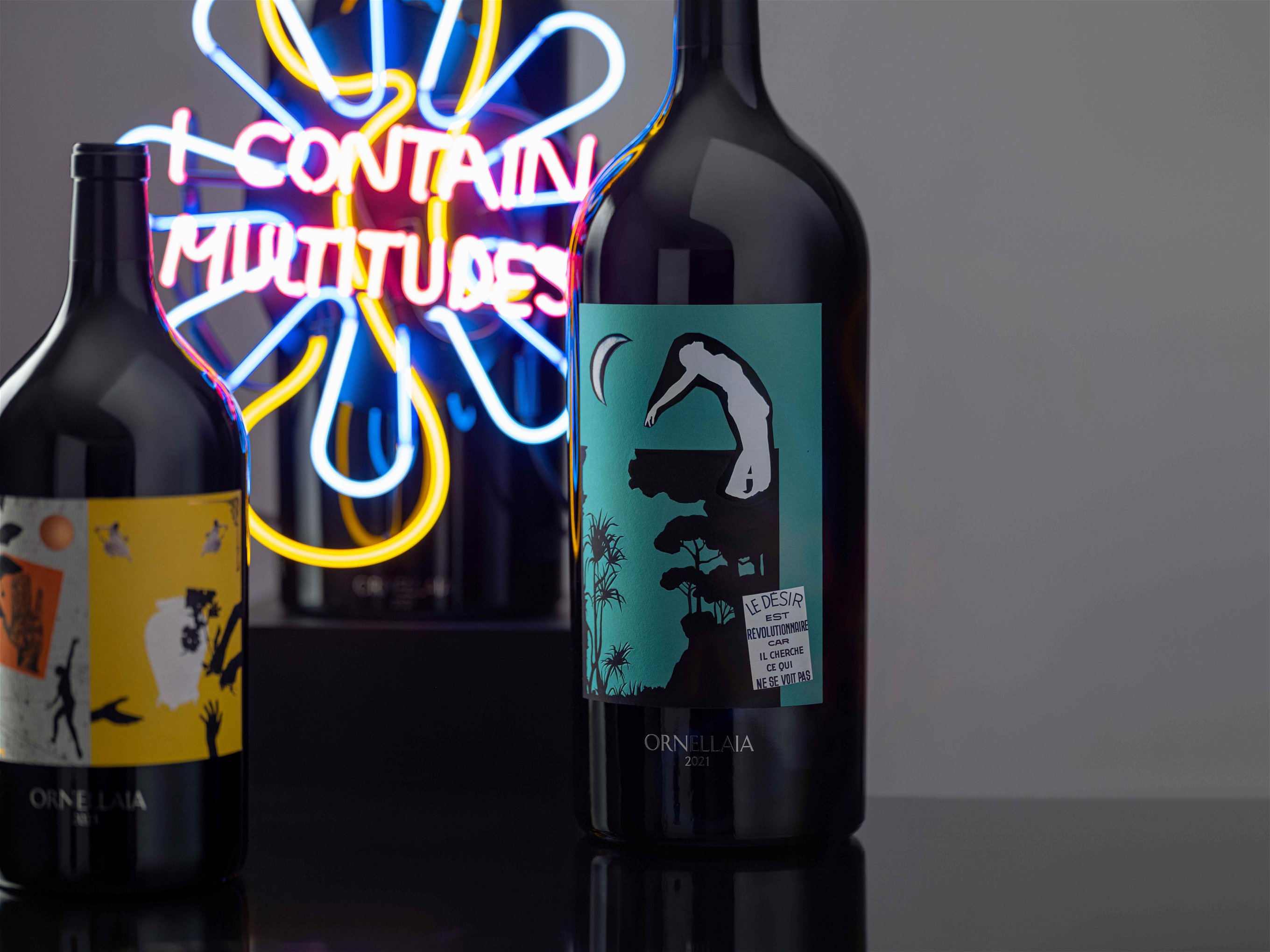Five things you need to know about Verdejo
It only takes a trip to the region to discover that Verdejo is more than just a one-dimensional grape variety.
Verdejo is the signature white grape variety in Rueda, the first official wine appellation in the Castilla y León region in Spain. Located just a stone’s throw from Valladolid, and merely two hours car journey from Madrid, making it an ideal wine tourism destination. Famously known for its white wine, it accounts for 45% market share of the total Spanish white wine sale. Verdejo is the hero behind the success and is known for making refreshing white wines for early consumption. But it only takes a trip to the region to discover that Verdejo is more than just a one-dimensional grape variety.
Verdejo is the oldest grape variety in Rueda
The origin of Verdejo can trace back to the Middle Ages, making it the oldest variety in the region with ten centuries of history. It is not easy to grow and produces low yield. Historically, there were around 90,000 hectares of vineyard in Rueda, but when the phylloxera arrived in the region in 1910, most were destroyed. Those that were spared were planted in sandy soils where some of the oldest vines in Rueda can be found. The replanting task started in 1930 and Palomino and Viura, along with other grape varieties were introduced to the region. The most important one among them is Sauvignon Blanc, which was brought to the region in the 1970s by Bodegas Marqués de Riscal of Rioja. Rueda currently has 21,000 hectares of vineyard. To be labelled as D.O. Rueda, white wines must be made from at least 50% of either Verdejo or Sauvignon Blanc. It can be blended with other permitted varieties in the region but can also be made as 100% varietal wines that are commonly seen in the export market.
Verdejo has ageing potential
Even though most of the Verdejo wines in the market are destined to be drunk young, some, however, have astonishing ageing potential. Finca Montepedroso is known for its older vintages Verdejos. Tasting a ten-year-old Verdejo is a mind-blowing experience. The 2013 Verdejo is pale gold in colour with the unmistaken herbal, cooked fennel notes and salty peanuts aromas with a round and full texture. Savoury, delicious and complex.
Verdejo goes premium
In 2019, a new category called “Gran Vino de Rueda” has been created. The first vintage was 2020. At present, 21 wineries in the region produce such wines. To qualify, the vineyards must be more than 30 years old, with yields less than 6,500 kg per hectare and the grape-to-juice pressing ratio is 65% as opposed to the more generous 72% for other categories. Bodega Herredo is one of the first wineries in the village of Nieva in the southeast of Rueda, one of the highest parts of the region. Their Gran Vino de Rueda Jose María Herrero 2020 is from three different pre-phylloxera vineyards at an altitude of over 850m, and only 5,983 bottles were made. The wine has an intense dried apricot and nutty tone intertwined with fennel seeds aromas and a spicy finish.
New wave Verdejo
In recent years, winemakers in Rueda are finding different ways to test the limits of Verdejo. The results have been impressive. While stainless steel tanks are still commonly used by many such as Bodega Cerrosol to preserve the fruity characters, and most likely with a period of lees ageing to gain the body, some are experimenting with barrel fermentation (such as Javier Sanz) or use a combination of different vessels to achieve the complexity. Bodega José Pariente does just that using wood barrels, concrete tanks and stainless steel tanks for their Verdejo 2022 and the result is a charming wine with pure fruit and herbal aromas, creamy texture and a spicy paprika finish.
On the other hand, Cuatro Rayas, the region’s biggest cooperative, is working on an EU-funded research project called ‘Longverdejo,’ in which they collaborate with the University of León to select indigenous yeasts from the traditional underground cellars located in the provinces of Valladolid and Segovia. The yeast, with a cool name “Wam”, is used in their Longverdejo Viñedos Centenarios 2021. It is fermented and aged in stainless steel vats, concrete eggs and 500L French oak barrels and 8 months on fine lees, resulting in a Verdejo that retains its distinct fennel notes and a broad and creamy texture.
Verdejo is versatile
Verdejo is capable of many different styles. Be it still, sparking or fortified. Rueda Espumoso (sparkling) is made from at least 75% of Verdejo and Sauvignon Blanc mostly using the traditional method with a minimum of nine months on the lees. The vintage version labelled as “Gran Añada” will need to go through 36 months lees ageing. But perhaps most surprisingly, Verdejo can also make outstanding fortified wines known as Rueda Dorado (oxidative ageing with medium gold colour) or Rueda Pálido (biological ageing with paler colour). The former was a popular drink during the Spanish Golden Age (15-17th centuries) and was considered the court wine during the period of the Catholic Monarchs. At present, Bodegas De Alberto is the only traditional producer of Dorado in Rueda using the oxidative ageing method in demijohns directly under the sun. The wine endures 40°C heat in summer and 0°C in winter. These oxidatively ageing Verdejos are then matured in their impressive ancient underground cellars, in soleras with the oldest components as old as 80 years old. The Pálido (1,500 bottles made) is made by 100% Verdejo with biological ageing under flor for at least three years in oak casks. And the Dorado (6,000 bottles made) is a real gem with amazing marmalade, caramel, walnut, and roasted nuts on the palate, and has more acidity coming from Verdejo compared to Oloroso sherry.
Verdejo can be a real crowd-pleaser in its sparkling and fruity still wine forms, but it can also be serious or diverse. With its wide-ranging styles, it can easily be a wine to be served on the table all year round.

